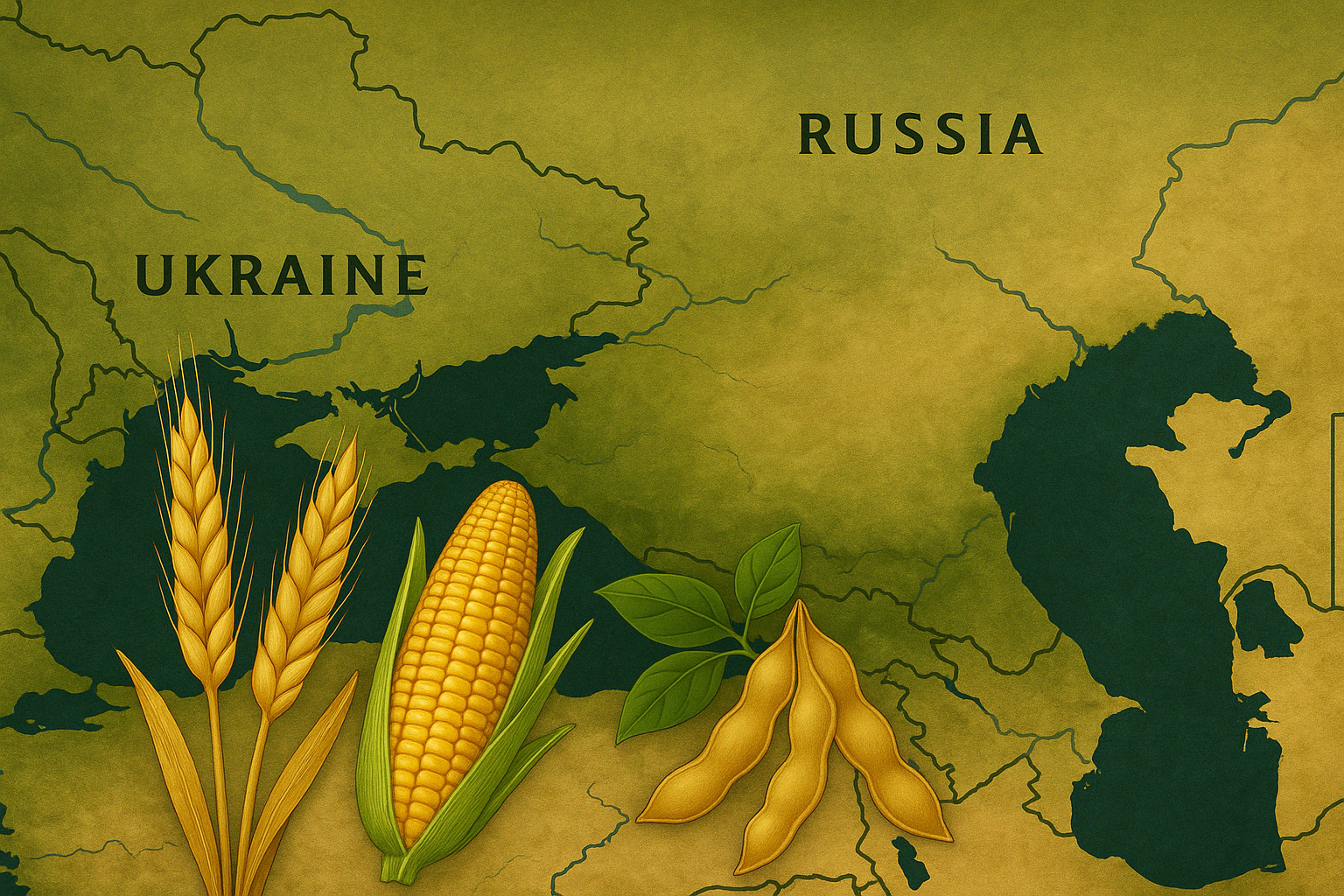As the global grain market navigates through a volatile mid-April, the Black Sea and Danube regions are at the epicenter of several overlapping forces—geopolitical tension, trade uncertainty, weather disruptions, and logistical constraints. While fundamentals for winter and early spring crops appear stable, the broader narrative for the region is dominated by risk rather than opportunity.
Trade Uncertainty Overrides Weather Optimism
The most significant factor unsettling the market is not climatic, but political. Uncertainty over tariffs, especially amid growing trade tensions between the U.S. and the EU, has frozen trader sentiment. Market participants across the region are hesitant to act aggressively, awaiting clarity on trade rhetoric and policies that may either disrupt or reroute global supply chains. Export competitiveness is directly influenced by such policy signals, especially for Ukraine, Russia, and Romania.
Victor Ponta, a Romanian presidential candidate, stirred additional uncertainty by announcing plans to halt the transit of Ukrainian grain through Romania if elected. His rationale reflects a deep-rooted tension in local farming communities, who feel disadvantaged by Ukraine’s access to port facilities—particularly in Constanța, through which over 29 million tons of Ukrainian grain have transited since 2022. Such political stances introduce high-level risk to what has become a key corridor for Ukraine’s agricultural exports amid the ongoing war.
Bulgaria Emerges as a Biodiesel Player
Bulgaria, traditionally more dependent on imported oilseeds, has made headlines with the docking of a massive Panamax-class vessel carrying 58,000 tons of Canadian rapeseed at the port of Varna. All of it is destined for domestic processing into rapeseed oil, meal, and biodiesel. This reflects Bulgaria’s broader strategy to transform imported raw materials into high-value products, supporting both GDP and regional self-sufficiency.
With a surplus in oilseeds expected for the 2025 season, the country is increasingly focused on local usage over exports, and the processing sector is becoming a core pillar of agricultural strategy. However, the sustainability of this model hinges on maintaining favorable crush margins, which are currently under pressure due to input costs and fluctuating product prices.
Romanian Advantage at Risk
Romania’s early harvest window gives it a theoretical export edge, especially if uncertainty over tariffs persists. However, that potential is undermined by domestic backlash over Ukrainian competition and potential shifts in political direction. Meanwhile, frost damage in April has negatively impacted some rapeseed fields, possibly limiting Romania’s total export capacity this season.
Delayed Spring Sowing Across the Region
Throughout the Black Sea and Danube regions, spring sowing is lagging. Wet fields, slow-moving machinery, and persistently saturated soils have delayed soybean and sunflower planting, creating growing risks of late planting. While winter crops are largely in satisfactory condition, the slow pace of fieldwork is sparking concern about whether crops like sunflower seed (SFS) can reach their full yield potential.
Sunflower Oil Facing a Global Demand Shift
Despite relatively large sunflower seed stocks across the Black Sea, including in Russia and Ukraine, demand for sunflower oil has notably weakened. Prices have begun to diverge significantly from competitors such as Argentinian sunflower oil, which is currently offered to the Indian market at $1,175/t—undercutting Black Sea oil offered to Turkey by $20. With Turkey's reduced-duty import window set to close on April 30, the regional demand cushion may evaporate quickly, leading to further price pressure.
Russian supply dynamics continue to be influenced by factors like the ruble exchange rate and farmer selling behavior. As oilseed prices slip and palm oil remains under pressure globally, the vegetable oil complex is showing signs of vulnerability, particularly for sunflower-based products.
Oilseed S&D Outlook: Surplus with Caveats
While domestic oilseed prices remain firm for now, the overall market sentiment suggests fragility. Processors are holding stocks, waiting for clearer signals. For the 2025/26 season, expectations include a 17% increase in rapeseed area and a 4% decline in sunflower seed area, mainly due to competition from cereals like wheat and barley, which are seeing increased interest.
The March MARS report reduced yield forecasts slightly for both sunflower and rapeseed, though they remain above both last year’s harvest and the five-year average. Whether the additional planting pays off will depend on how weather, logistics, and trade barriers unfold during the coming months.
Currency Strength Complicates Russian and Polish Exports
Another subtle but significant pressure point lies in currency strength, especially the Russian ruble and Polish złoty, which may erode competitiveness in global export markets. With the ruble gaining ground, Russian grain and oilseed exporters could struggle to maintain current volume and price advantage—especially in price-sensitive destinations like North Africa, the Middle East, and Asia.
Outlook: High Stakes as the Season Advances
In summary, the Black Sea region stands at a crucial junction. While current crop conditions are acceptable and stocks are sufficient, the future hinges less on agronomy and more on diplomacy, trade policy, and currency trends. The biggest threats to market stability lie not in the soil but in the geopolitical arena, with tariff decisions, trade corridors, and political posturing dictating much of what lies ahead.
As we approach May, the market’s attention will turn to the pace of planting, early harvest projections in Romania and Bulgaria, and whether Russia and Ukraine can sustain exports under tightening global scrutiny. Until then, caution and volatility will likely dominate sentiment across the Black Sea grain markets.

